Chess, known for its intricate strategies and complex outcomes, includes a variety of game-ending scenarios, one of which is the stalemate. A stalemate in chess is often misunderstood by beginners who might expect a decisive winner in every game. However, this unique situation does not result in a traditional victory for either player. Instead, a stalemate results in a draw, or a tied game, affecting the players' strategies and standings in tournament play. This article delves into the specifics of a stalemate, its implications on the game, and strategies to either achieve or avoid this situation, depending on the position in the game.
What is a Stalemate in Chess?
A stalemate occurs when a player whose turn it is to move is not in check but has no legal move to make. This scenario typically happens when the king is not in check, but every possible move it could make would place it in check. In situations where other pieces exist on the board, they might be blocked or otherwise unable to move, contributing to the stalemate condition. It's crucial to understand that a stalemate is different from a checkmate, where the king is in check and no moves can remove the threat of capture.
Implications of a Stalemate
For the rules of chess, a stalemate results in an immediate draw. This means neither player is declared the winner. Draws in chess can affect tournament outcomes, player rankings, and ratings differently from a win or a loss. For instance, in many chess rating systems, a draw might result in a slight increase in ratings for lower-rated players, while higher-rated players might see a small decrease.
The interpretation of a stalemate as a negative or positive outcome can depend on the game's context. For a player in a disadvantaged or losing position, steering the game into a stalemate might be a strategic salvage of a half point (a draw), effectively using the stalemate as a defensive tactic. Conversely, for a player in a dominant position, a stalemate can be a frustrating outcome, reflecting a missed opportunity to convert a positional advantage into a full point (a win).
Strategies Involving Stalemates
When to Avoid a Stalemate
Players in a winning position need to be cautious as they approach what seems like an imminent victory. Careful calculation and foresight are required to ensure that their maneuvers do not inadvertently lead to a stalemate. Especially when the opponent's king is confined with few squares available, players should ensure they do not block all possible escapes for the king while they set up their final moves, as this could result in a stalemate instead of a checkmate.
When to Aim for a Stalemate
In contrast, if a player finds themselves at a material or strategic disadvantage, seeking a stalemate might turn a likely loss into a saved draw. This involves complex defensive tactics, such as sacrificing pieces strategically to reduce the mobility of the opponent's remaining pieces or maneuvering one's king into a position where it is cornered but not in check, with no legal moves left. Mastering these techniques requires practice and an understanding of both your and your opponent's resources.
Conclusion
Stalemate, an often-overlooked aspect of chess, plays a crucial role in the strategic depth of the game. Whether it's employed as a defensive rescue or mistakenly fallen into, its implications on the game's outcome are significant. Players at all levels can benefit from a stronger understanding of stalemate conditions—both to secure a draw from a precarious position and to avoid accidentally causing one when victory is within reach. Thus, while technically no one wins in a stalemate, its mastering can be seen as a nuanced victory in the broader tactical landscape of chess.
Explore our large collection of luxurious chess sets!

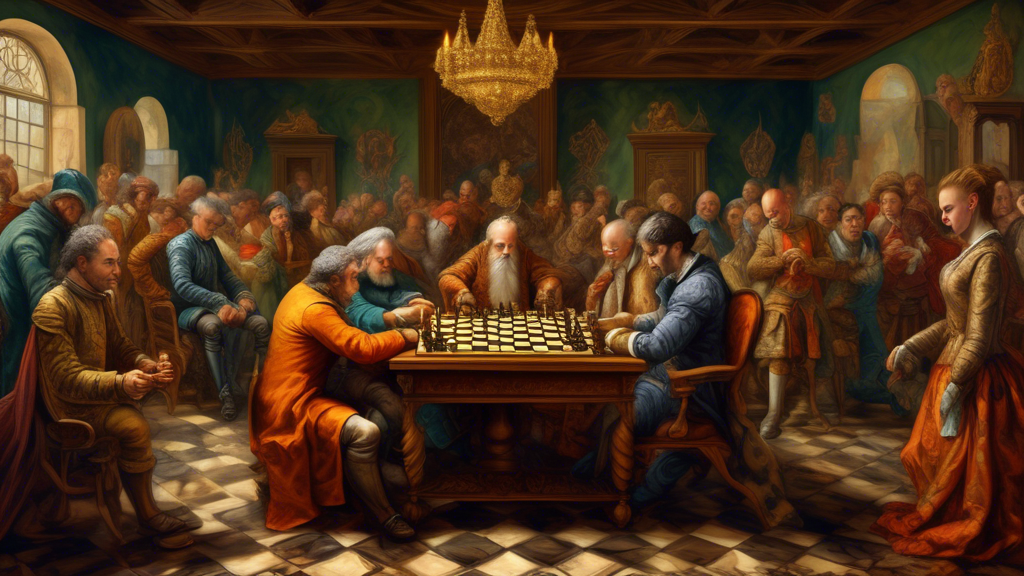
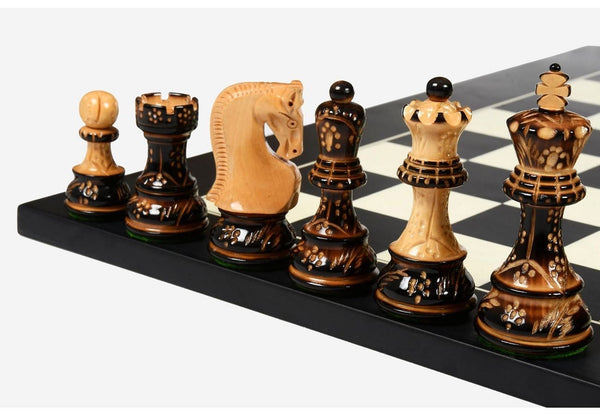
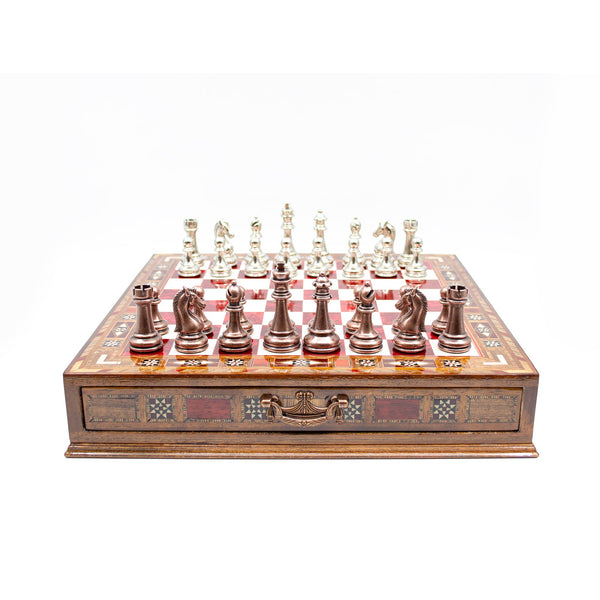
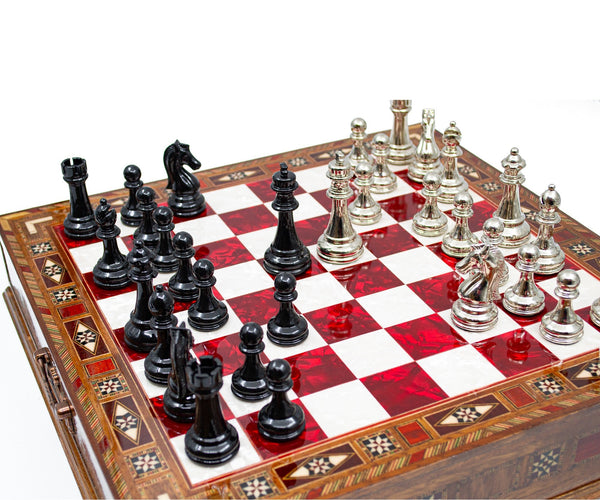
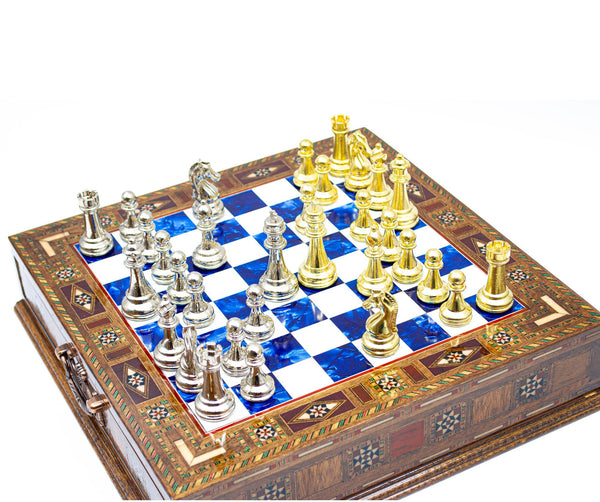
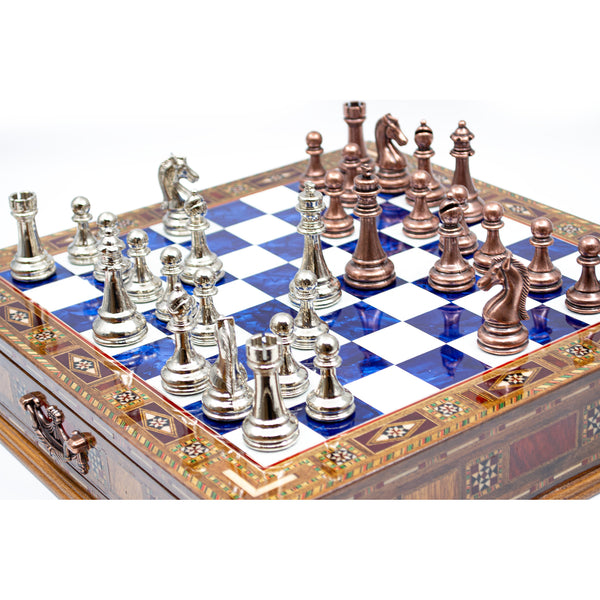
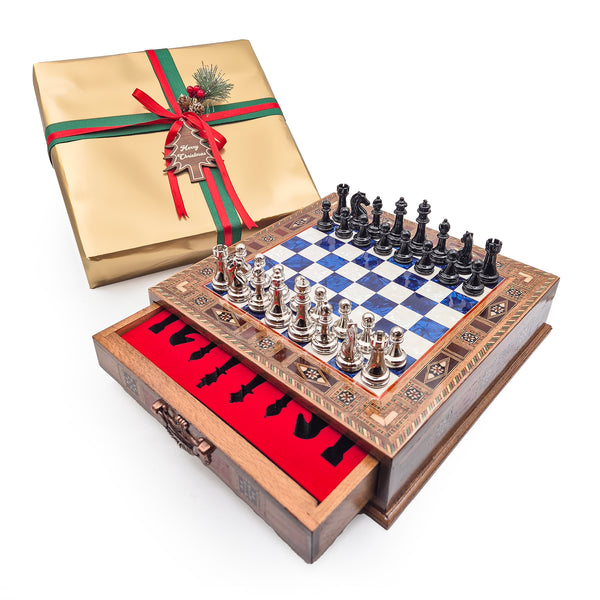







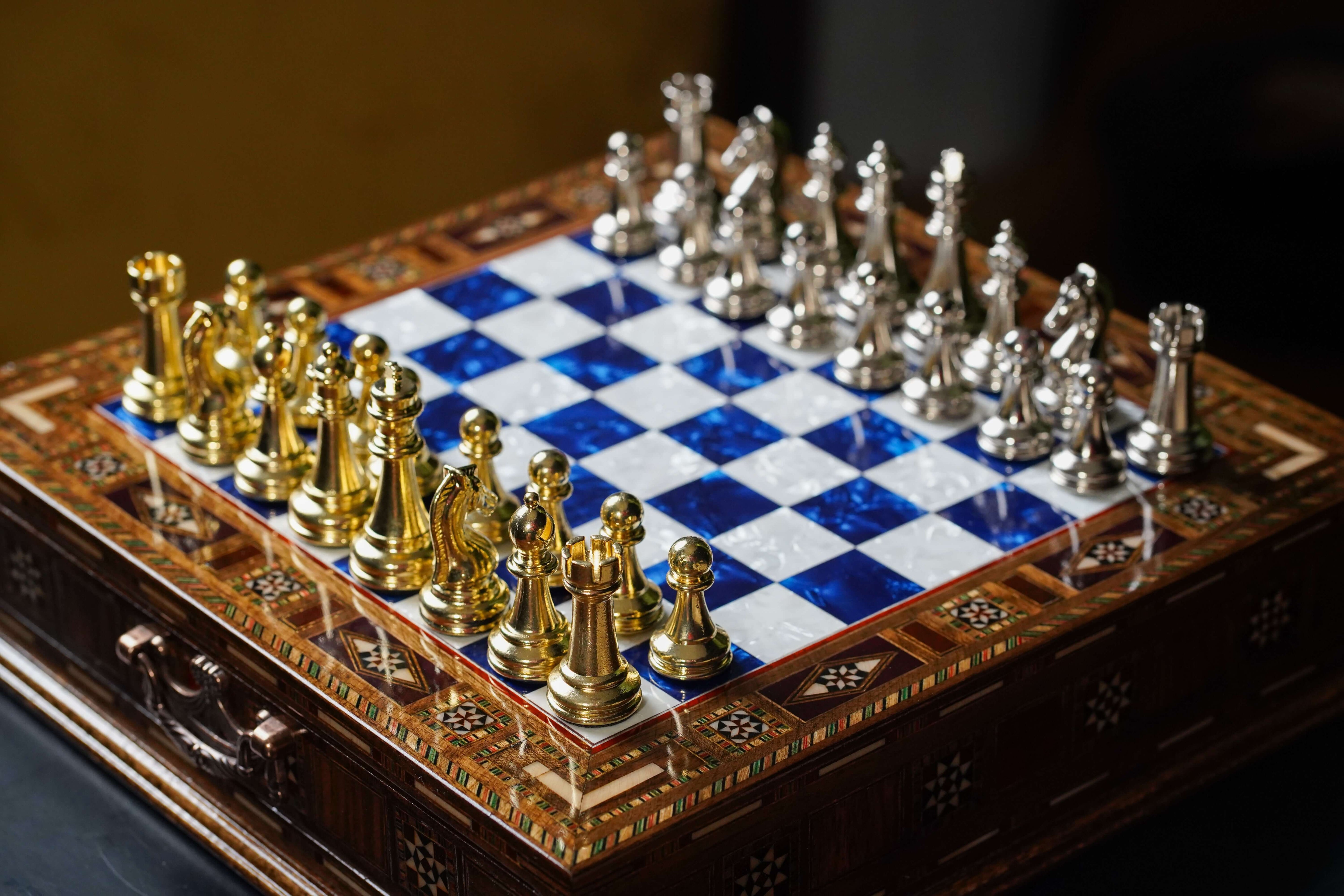
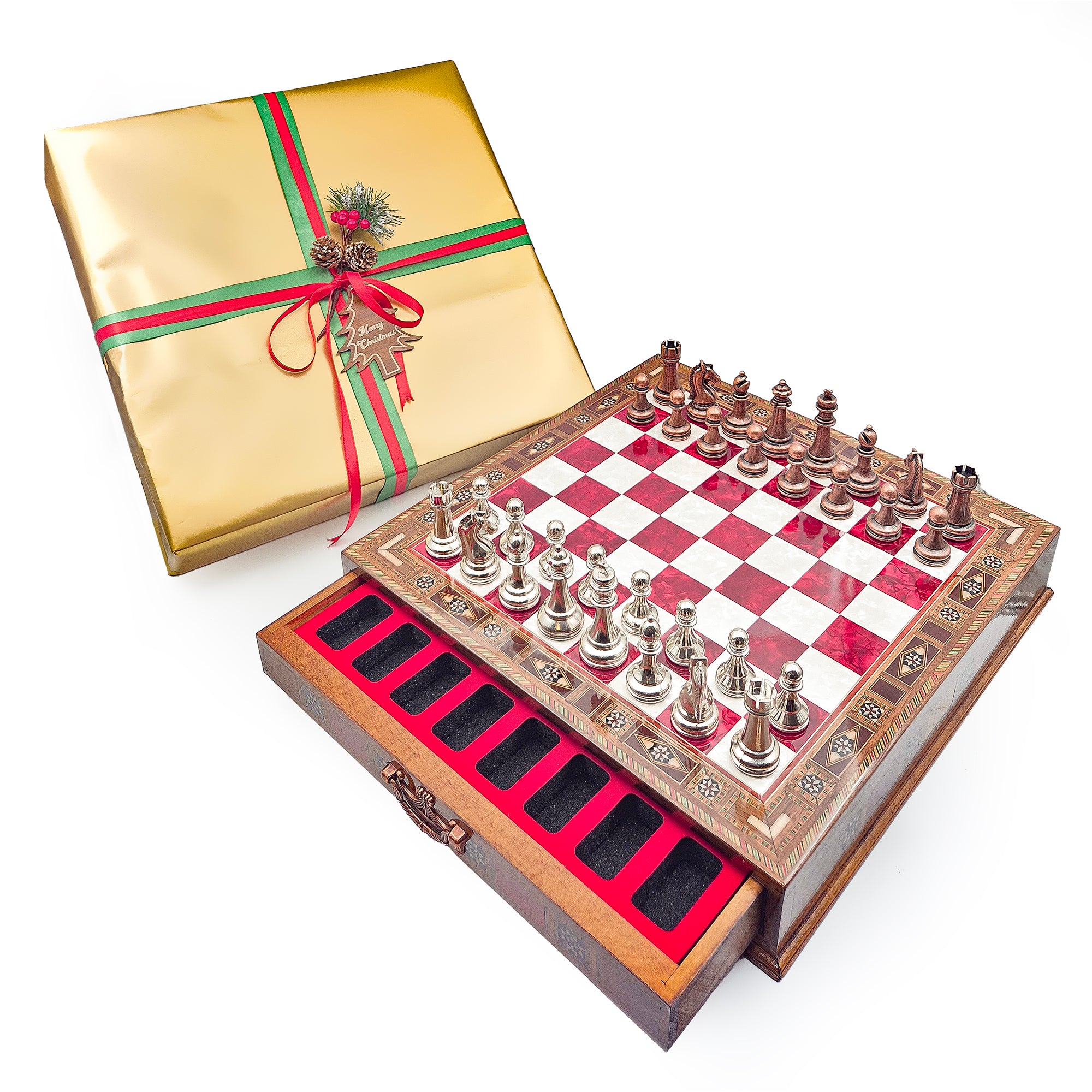
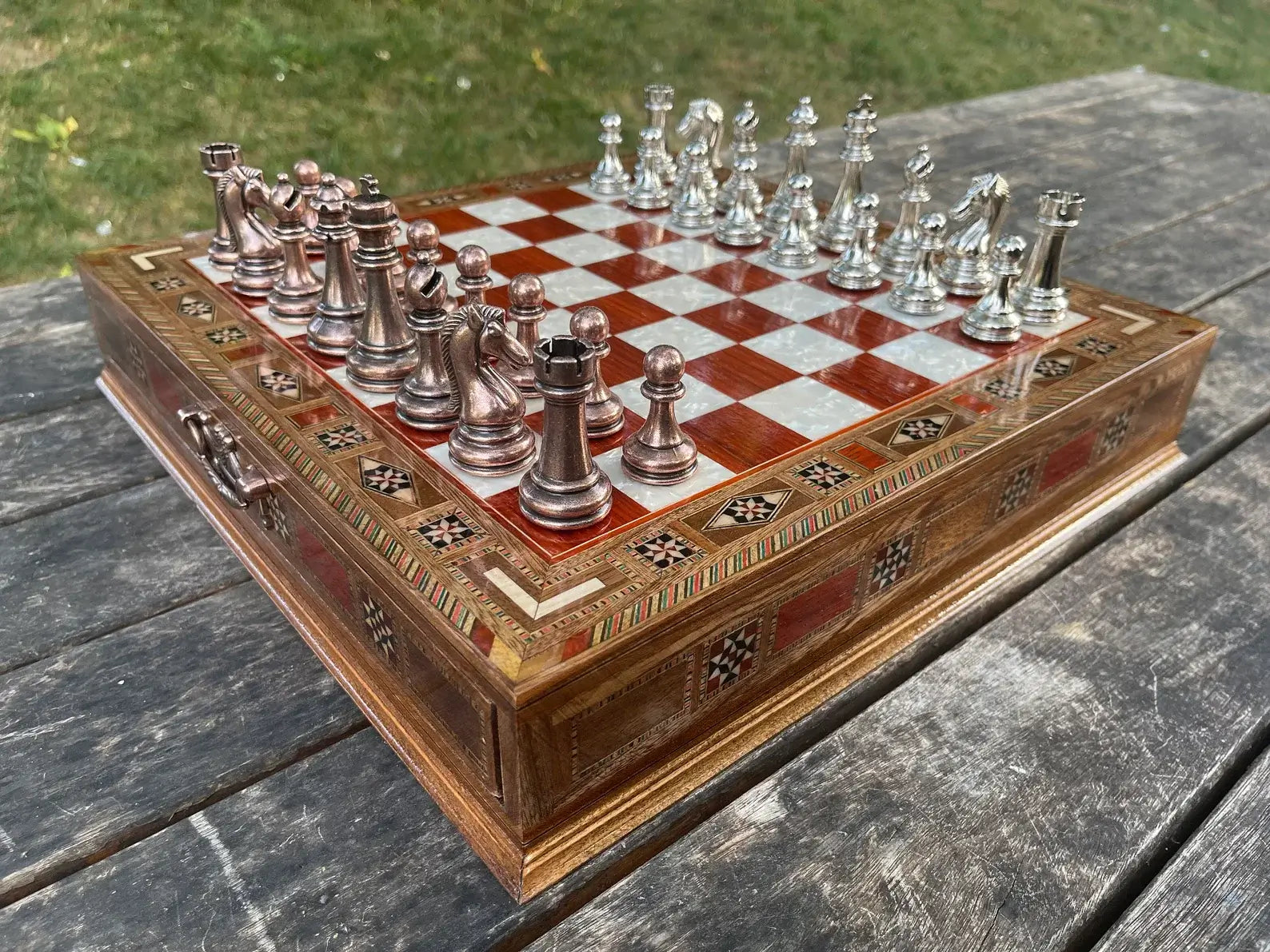
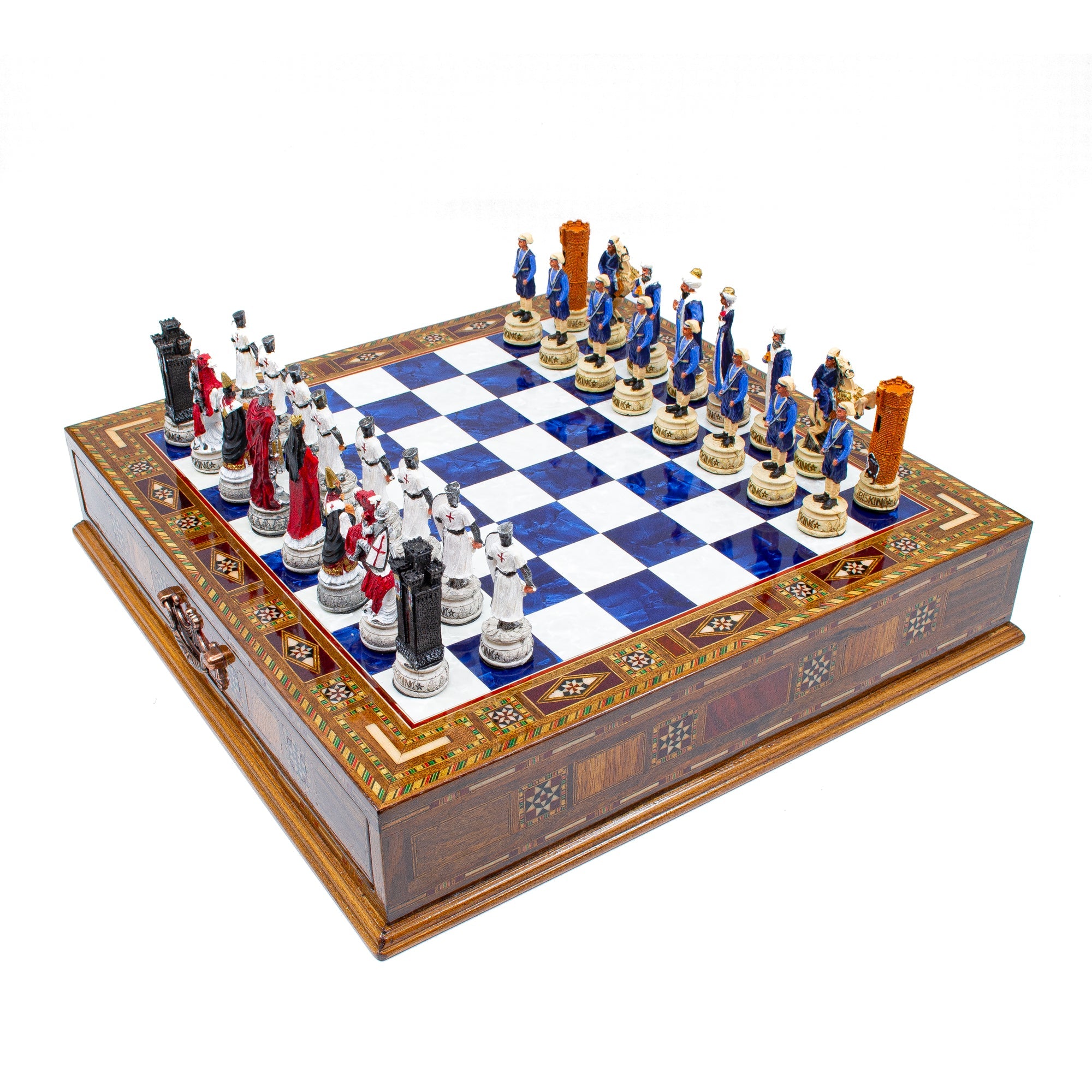
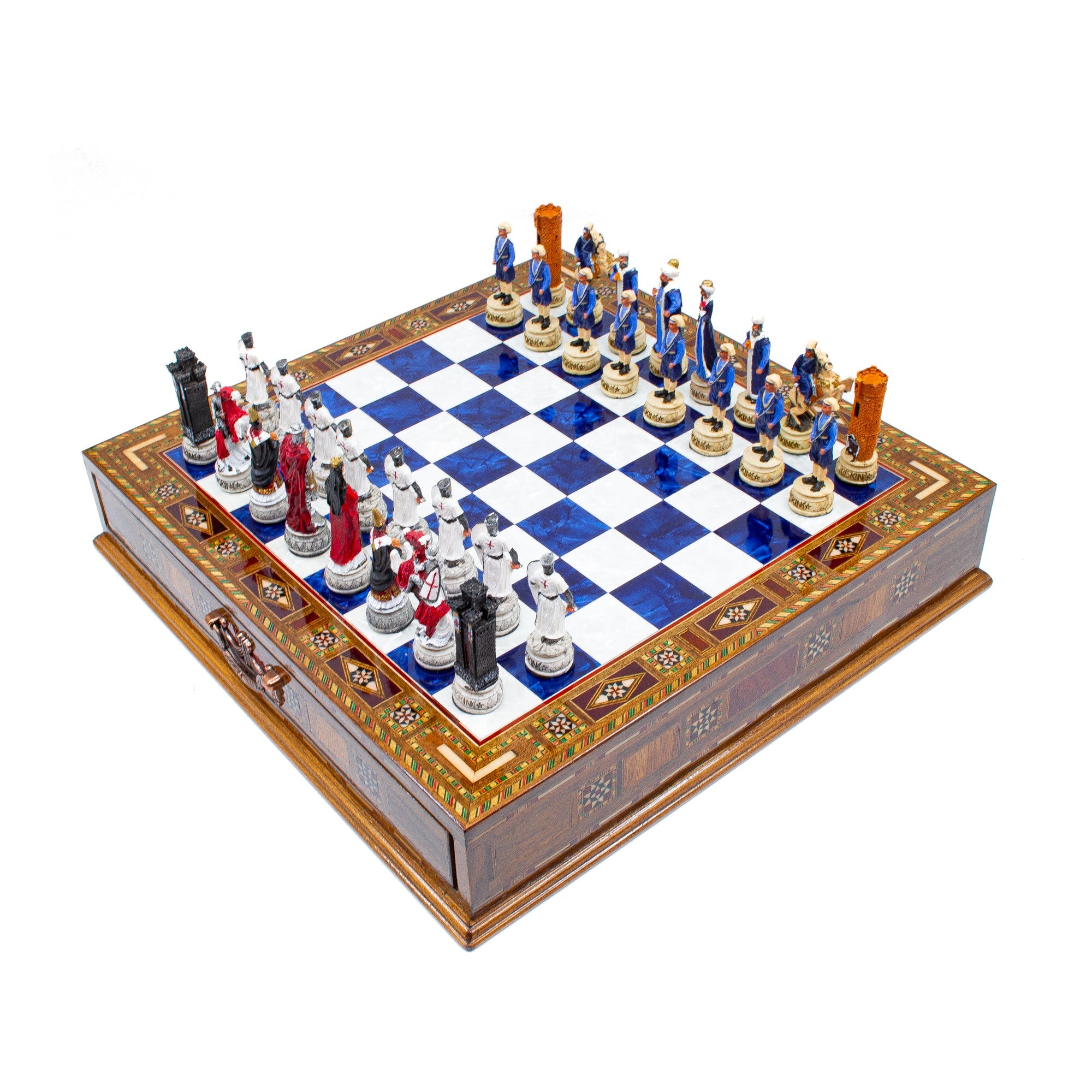
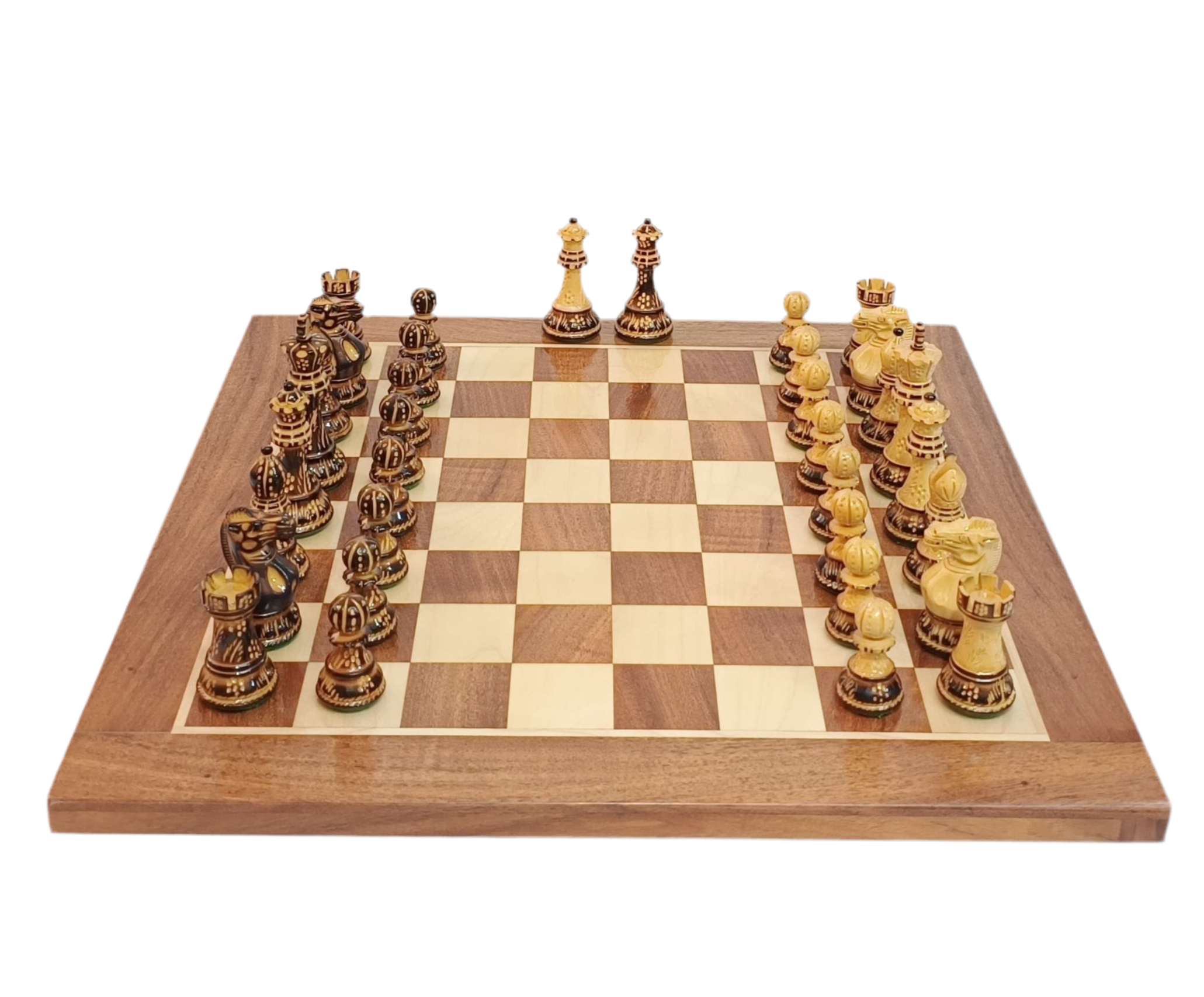
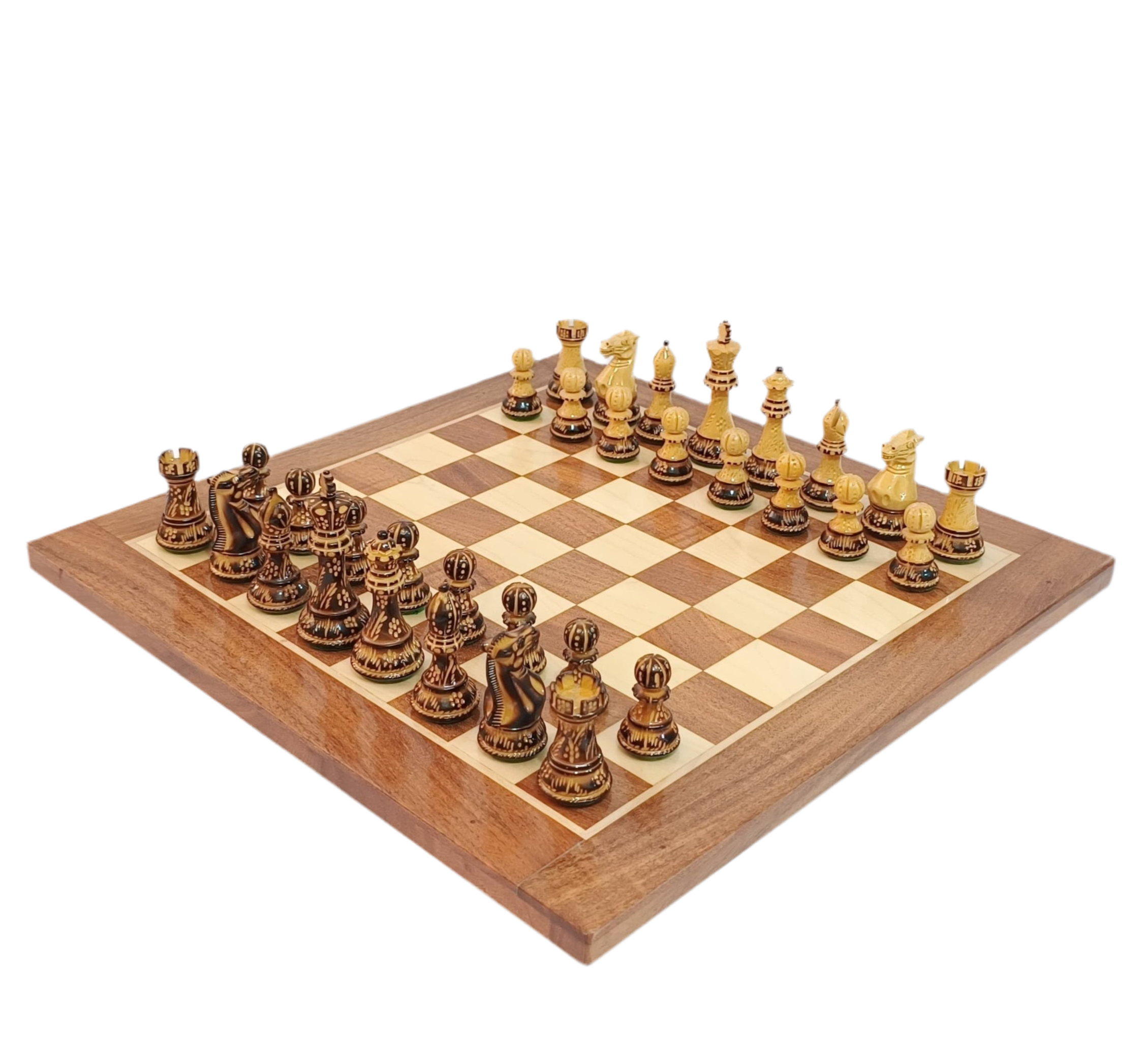
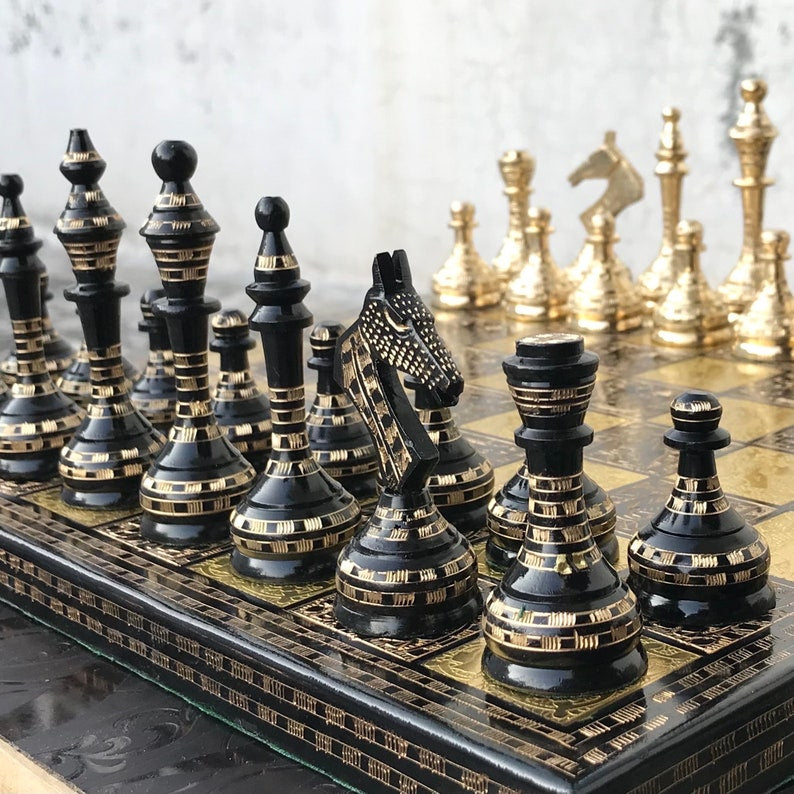
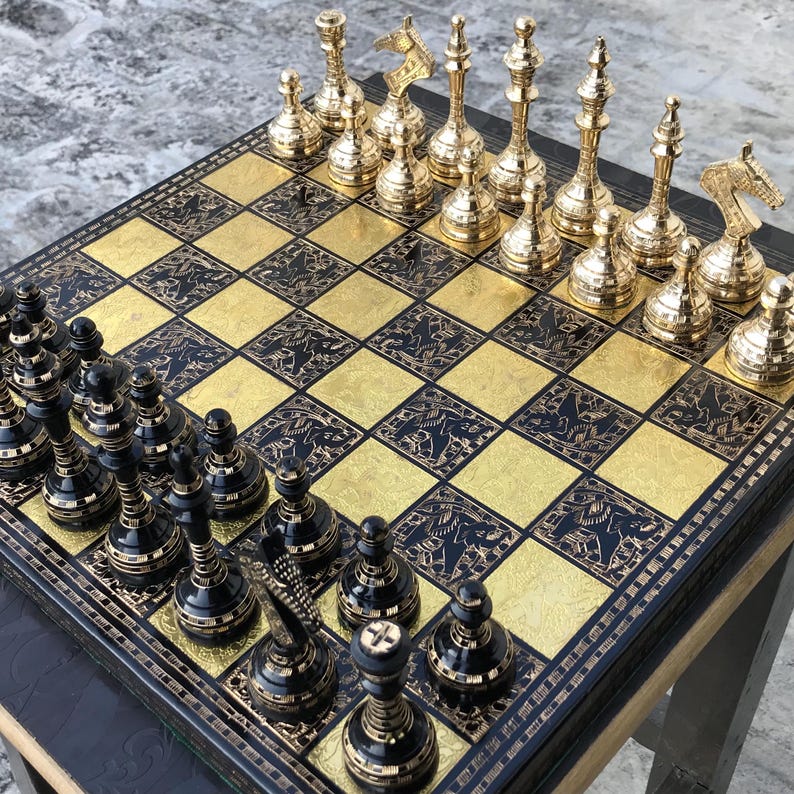
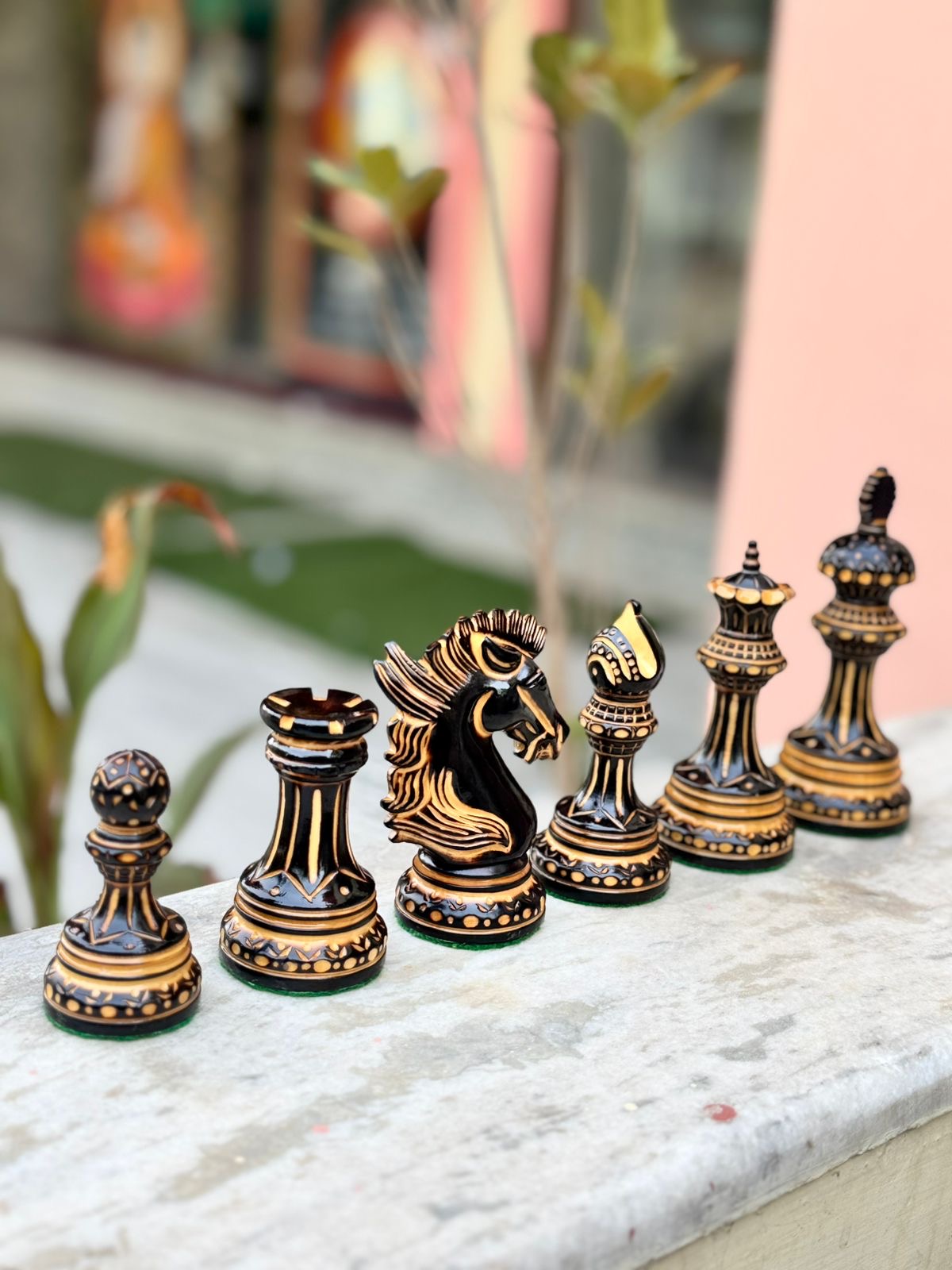

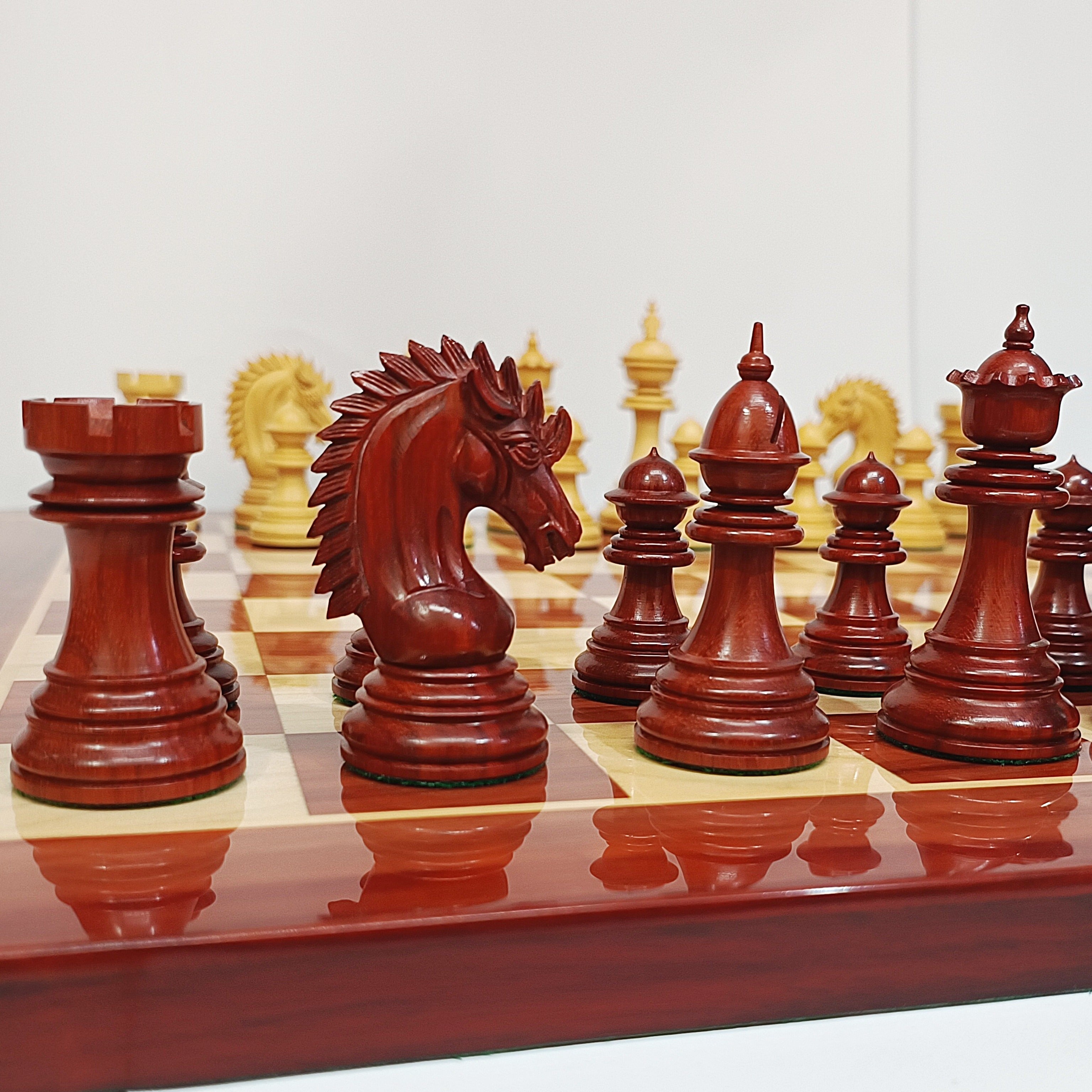
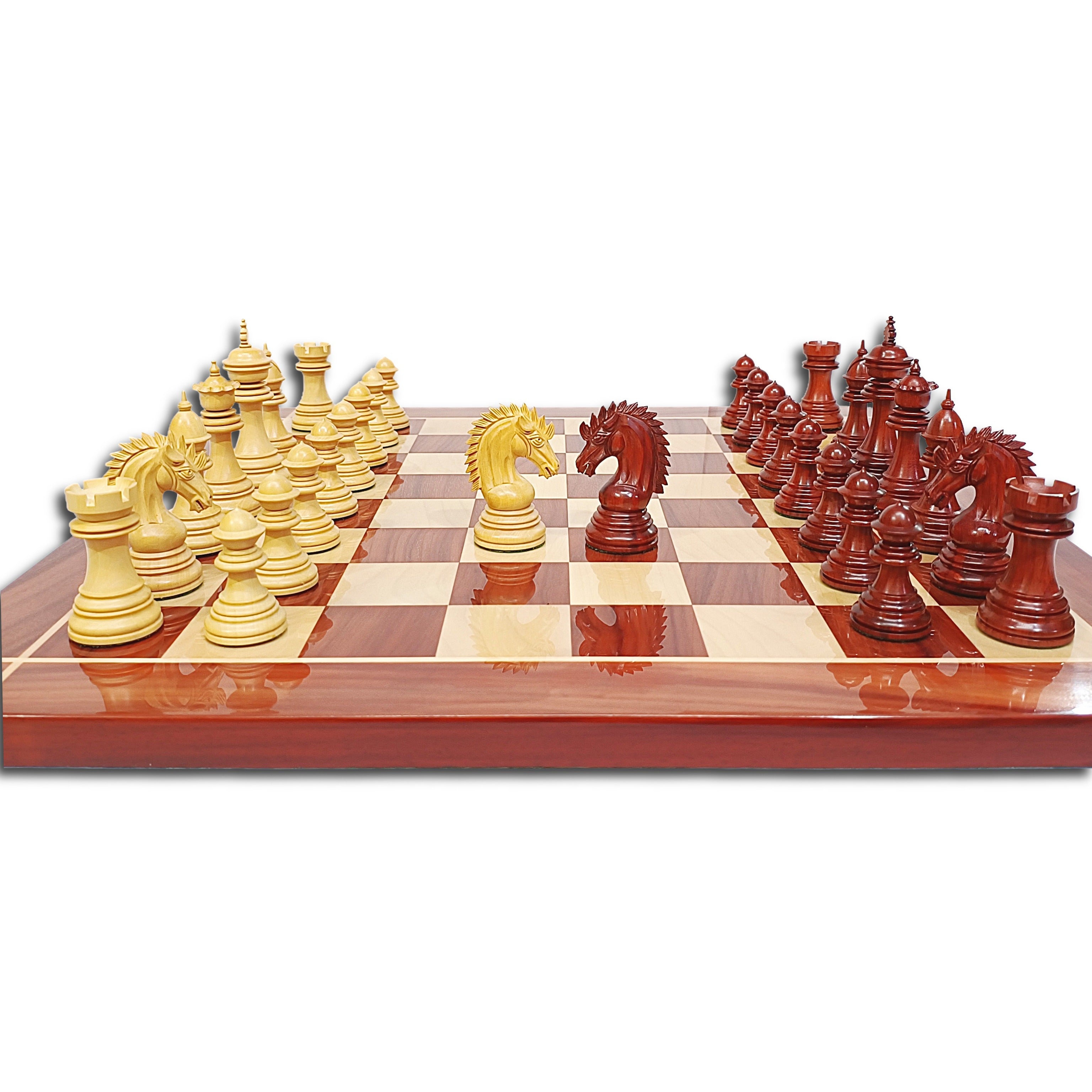

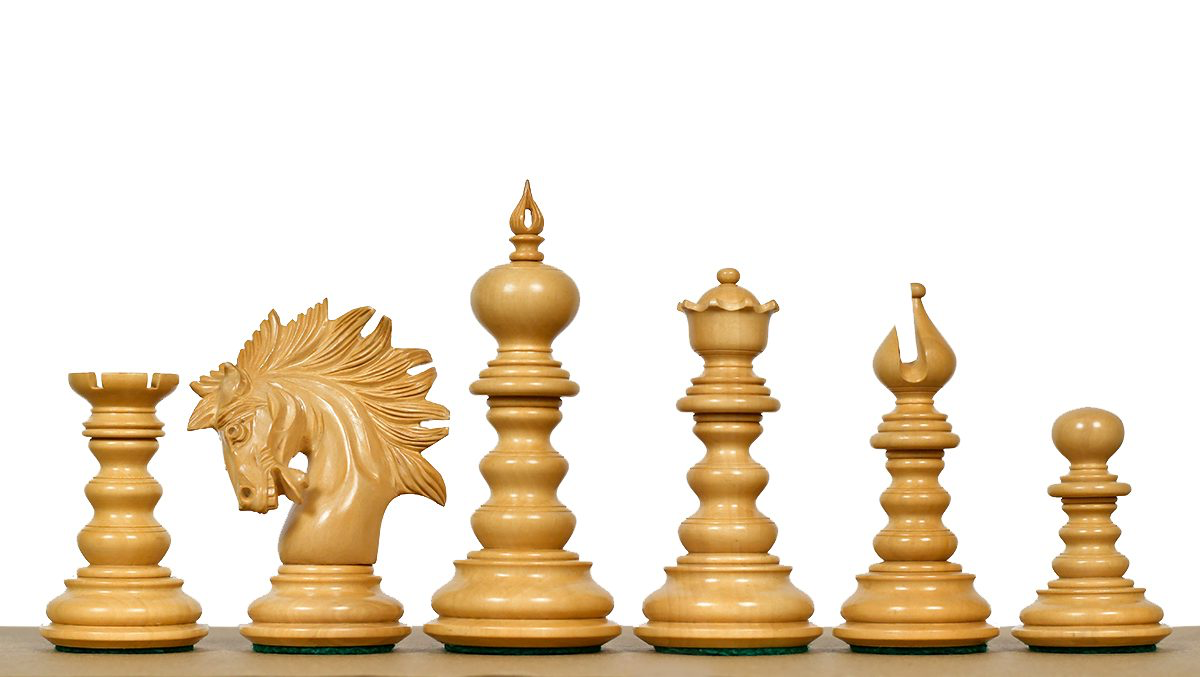
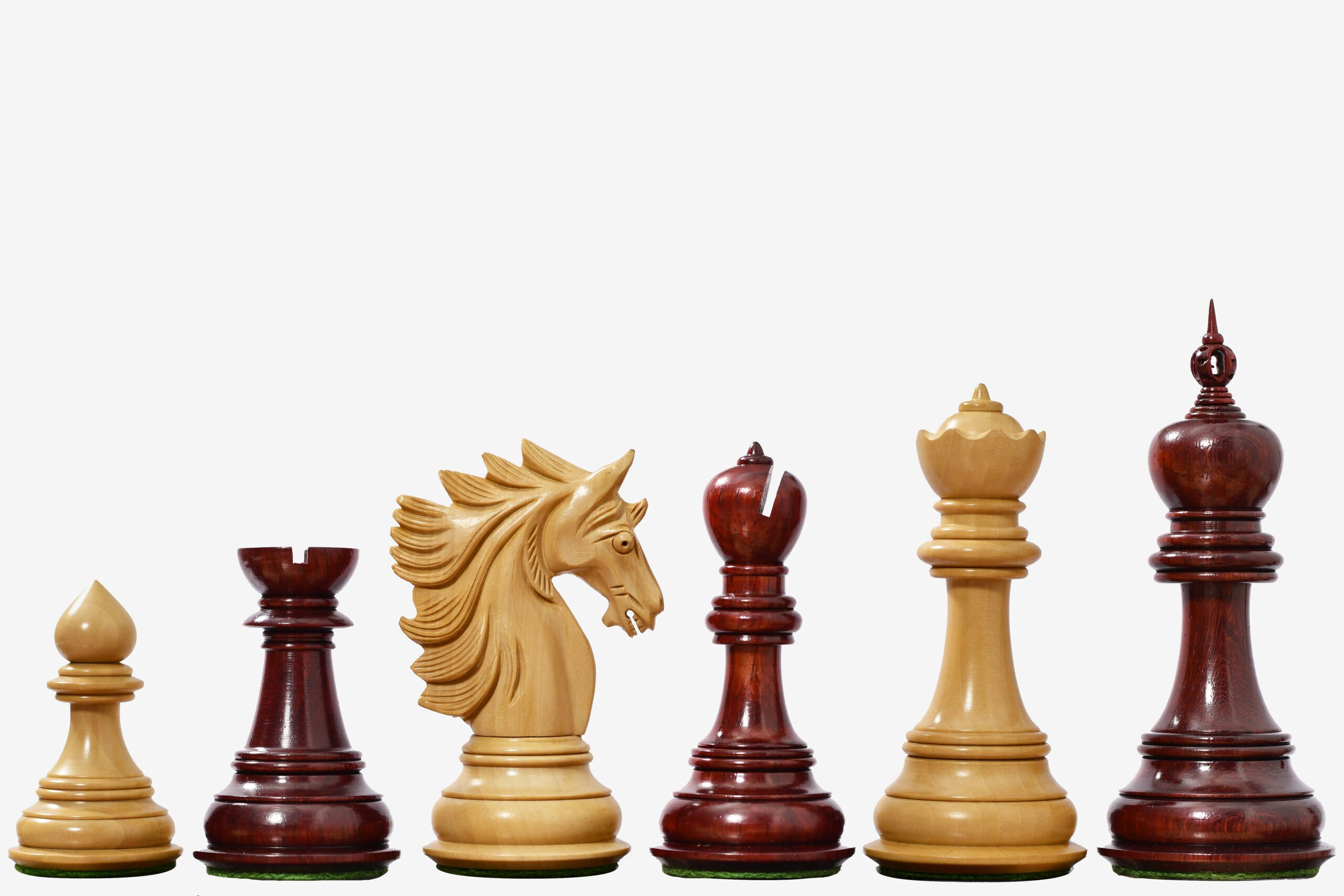
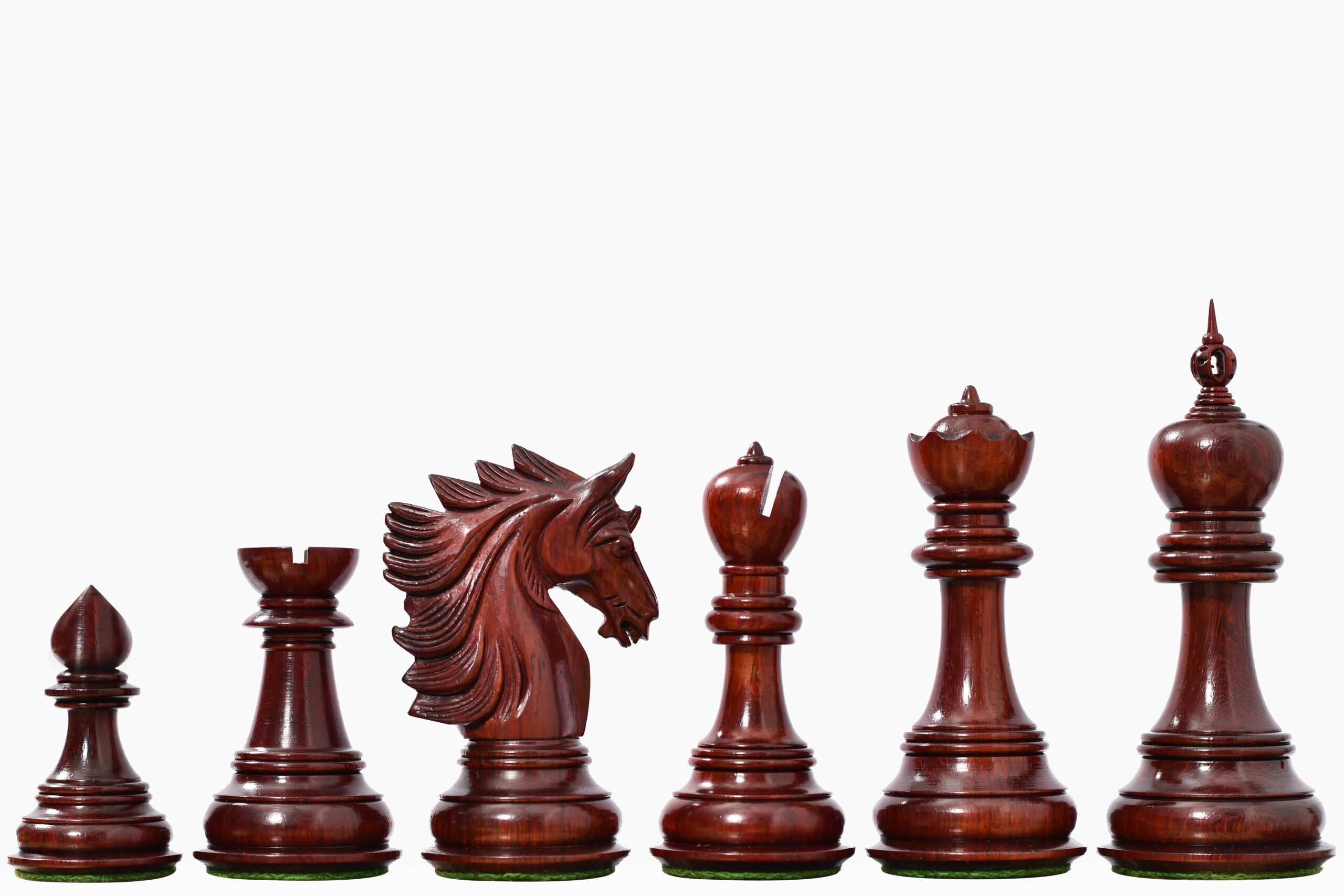
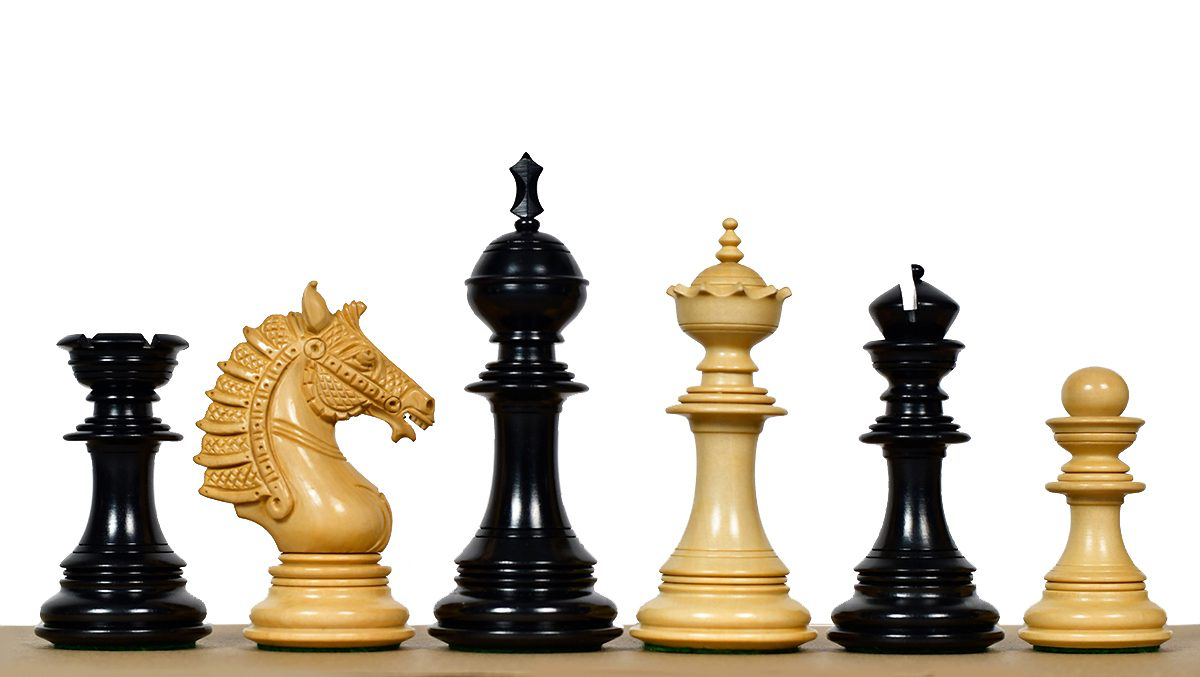
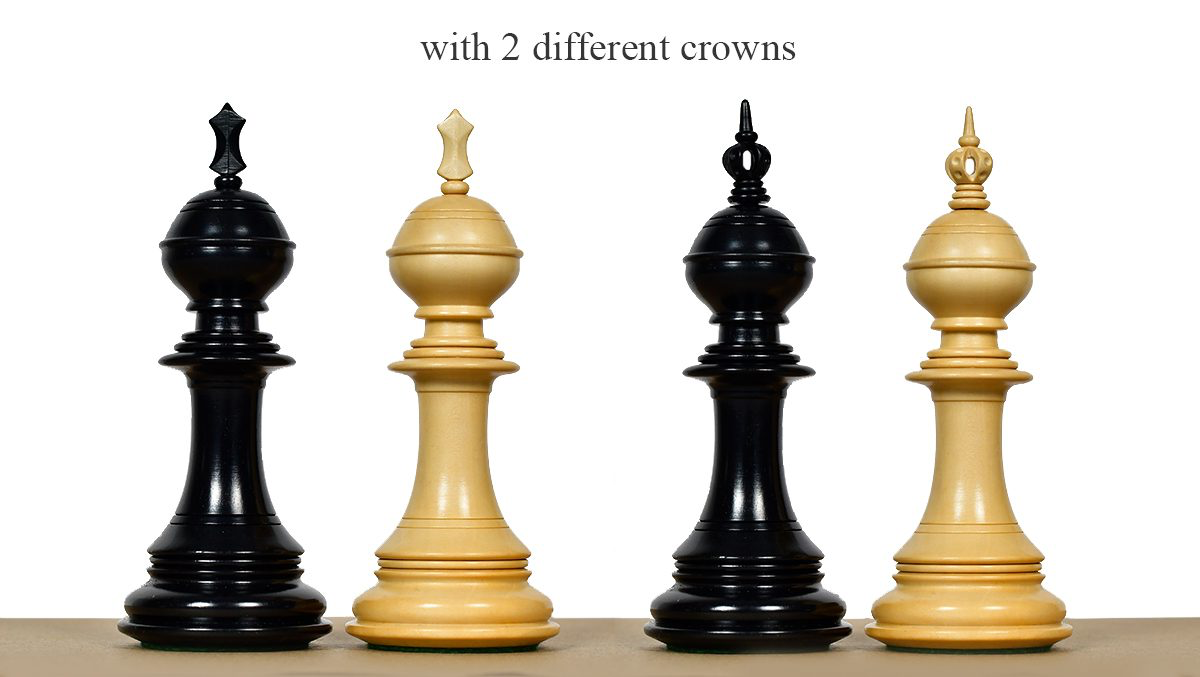
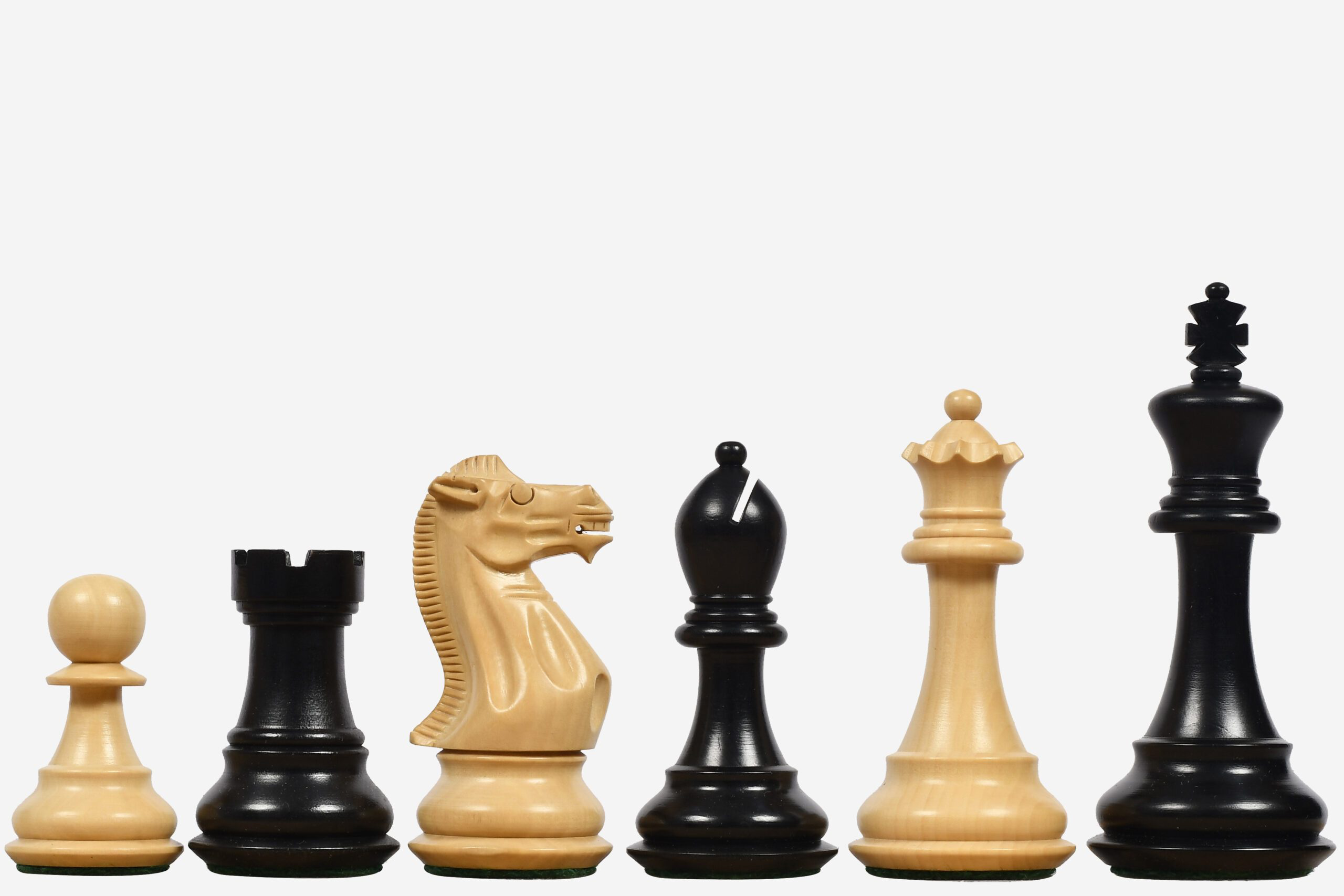
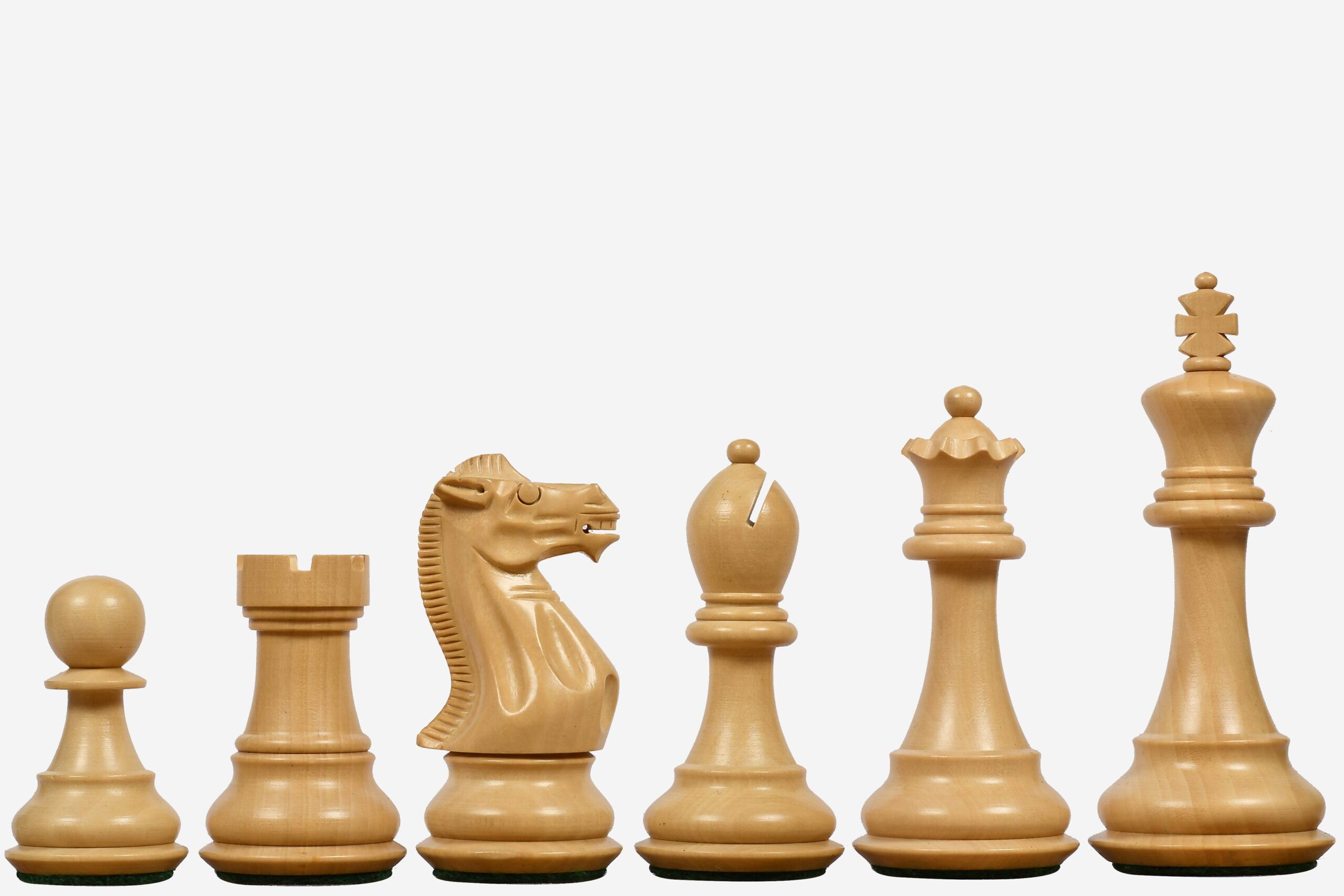
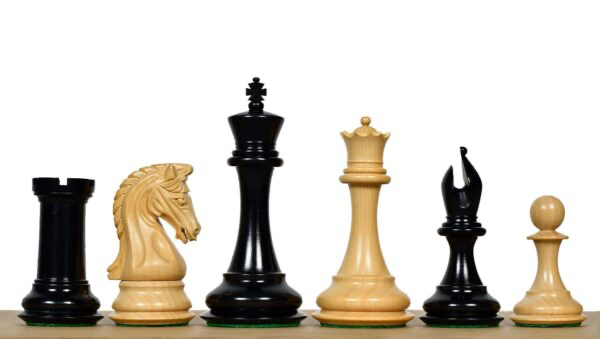
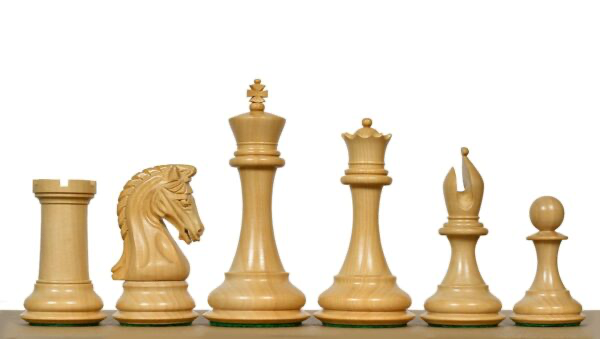
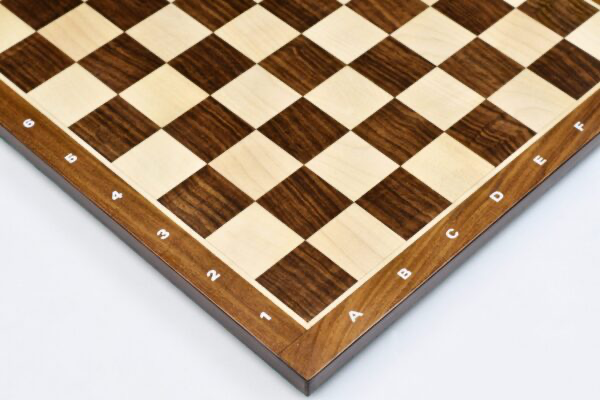
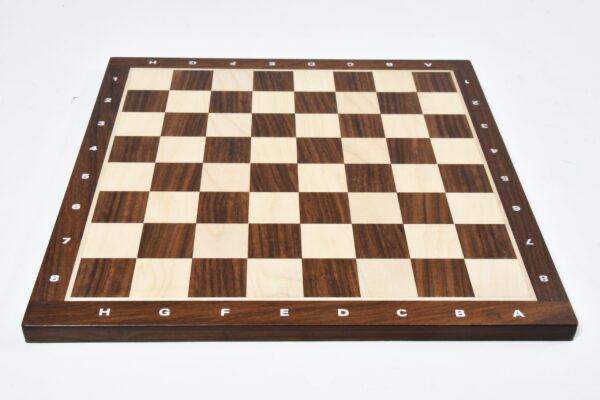
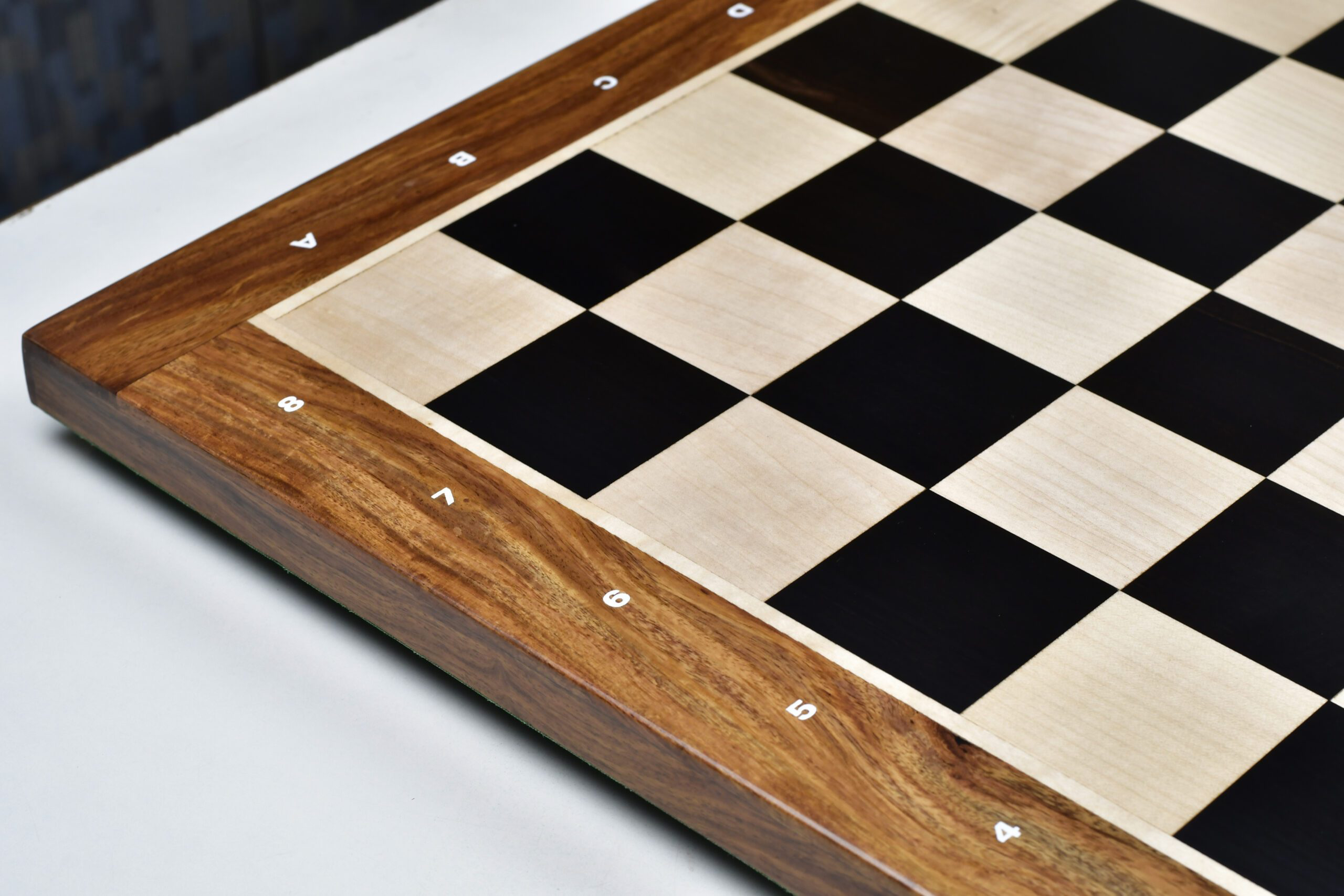
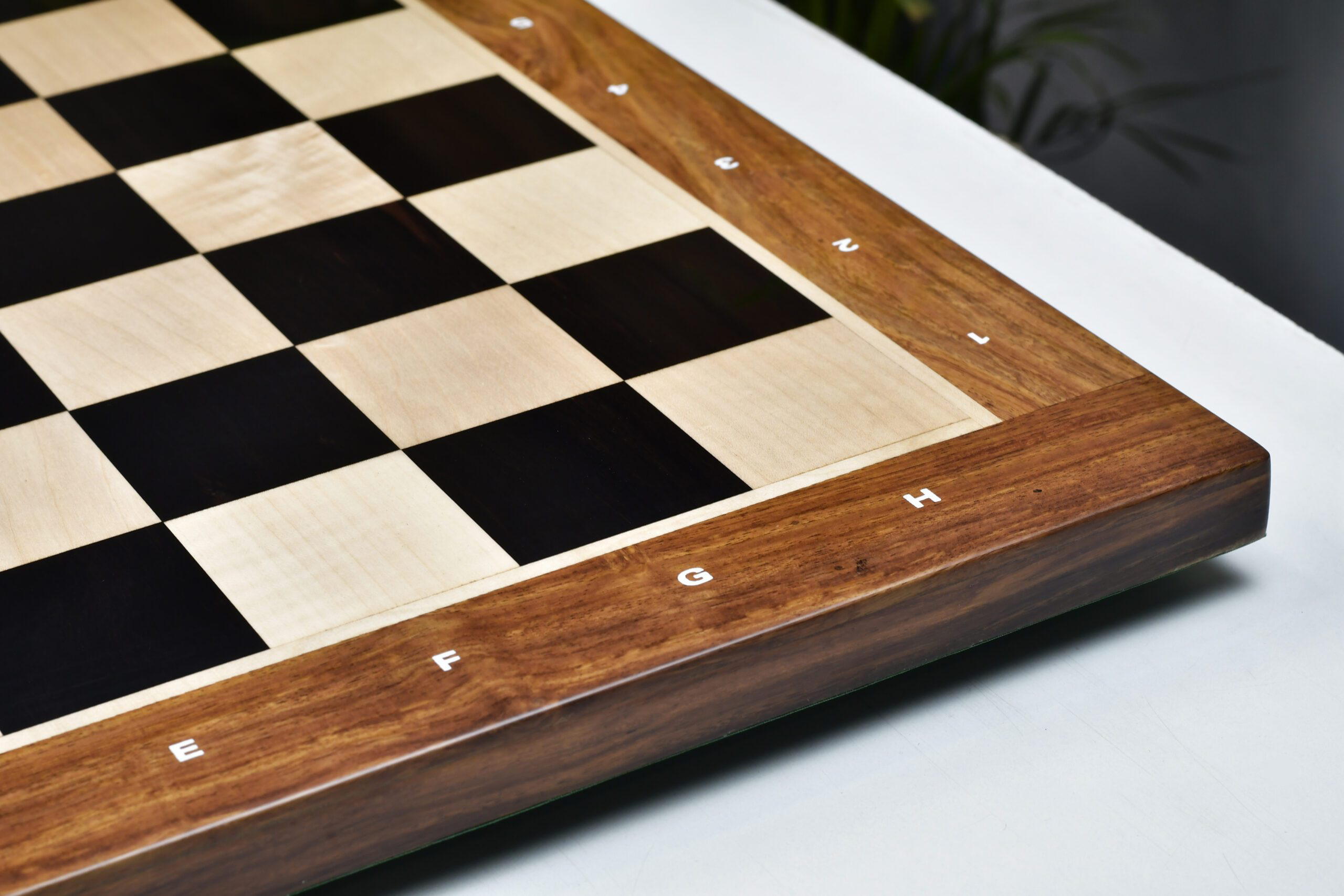


Leave a comment
All comments are moderated before being published.
This site is protected by hCaptcha and the hCaptcha Privacy Policy and Terms of Service apply.